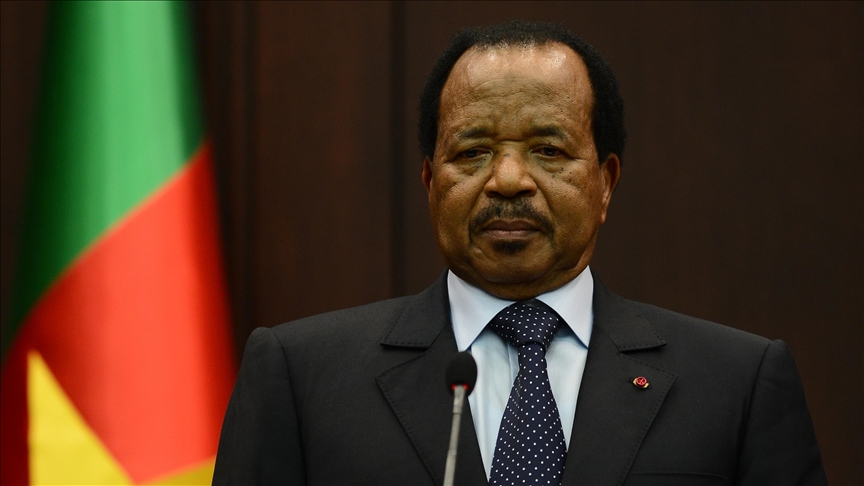Cameroon’s President Paul Biya has extended his leadership into an eighth term, marking more than 43 years in power since he first assumed office in 1982. At 92 years old, Biya holds the title of Africa’s longest-serving president and the world’s oldest head of state, embodying a political era that has spanned generations.
Biya’s rise to power began unexpectedly when President Ahmadou Ahidjo resigned, and Biya, then Prime Minister, completed the remainder of that term. He later solidified his control under a one-party system, securing re-election twice before Cameroon transitioned to multiparty politics in the early 1990s.
His first full term under the new system began in 1996, followed by victories in 2004 and 2011. A key turning point came in 2008, when a constitutional amendment abolished presidential term limits effectively granting Biya the legal pathway to remain in power indefinitely.
Despite growing calls for political reform and tensions in the Anglophone regions, Biya retained his grip during the 2018 election, which was marred by opposition boycotts and low voter turnout. In 2025, he once again secured victory with 53.7% of the vote, a result that underscored both his enduring influence and the fragmented nature of Cameroon’s opposition.
Over four decades, Biya’s leadership has been defined by continuity, resilience, and centralised governance. He has navigated shifting global politics, regional instability, and internal dissent often maintaining power through a blend of political control and strategic alliances.
As Cameroon enters this new chapter, Biya’s legacy remains deeply intertwined with the nation’s modern identity. His extended rule continues to shape the country’s political, economic, and social landscape, leaving many to ponder what succession might look like in a post-Biya era.

